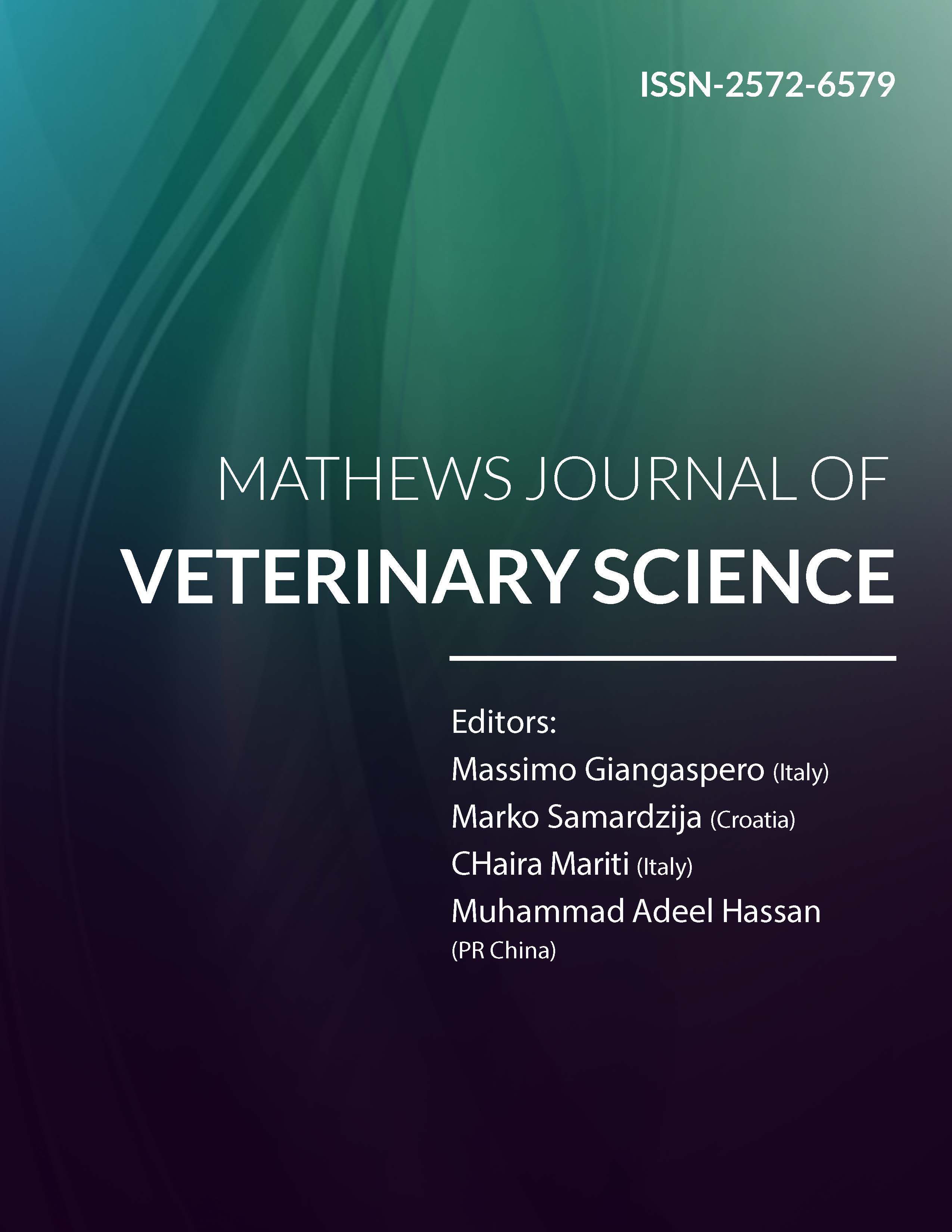
Information Links
Previous Issues Volume 8, Issue 1 - 2024
Review on Status of Strongylosis in Ethiopia
Abrahim Dawed Ahmed1, Gelan Dule Dahesa2, Isayas Asefa Kebede3,*
1Ethiopian Agriculture Authority, Eastern Branch, Dire Dawa, Ethiopia
2School of Veterinary Medicine, Wolaita Sodo University, Wolaita Sodo, Ethiopia
3School of Veterinary Medicine, Ambo University, Guder, Ethiopia
*Corresponding author: Isayas Asefa Kebede, School of Veterinary Medicine, Ambo University, P.O. Box 19, Guder, Ethiopia, Tel: +251-(09)-11-89-49-73; E-mail: [email protected].
Received Date: February 02, 2024
Published Date: March 18, 2024
Citation: Ahmed AD, et al. (2024). Review on Status of Strongylosis in Ethiopia. Mathews J Vet Sci. 8(1):38.
Copyrights: Ahmed AD, et al. © (2024).
ABSTRACT
Strongylosis is a major internal parasite disease of horses caused by nematodes of the strongylidae family that affects more than 80% of the world's equines. The horse is a host to a large variety of gastrointestinal parasite species, the most important of which are nematodes of the family Strongylidae, sometimes known as strongyle worms or strongyles. These parasites are common and reside as adults in the equids' big intestines. Strongyle nematodes are distinguished by a well-developed buccal capsule, the shape and size of which are significant for species identification. Strongyle nematodes of equids (horse, donkey, and zebra) are divided into the subfamilies Strongylinae and Cyathostominae, which are also known as giant and little strongyles. Strongylus vulgaris (s.vulgaris) is one of the most common and harmful parasites of horses. Large strongyles exhibit substantial pathogenesis that includes verminous arteritis, visceral organ damage, embolism, or thrombosis that leads to death and is primarily related to migratory parasite larvae. Strongylus species larvae are caused by huge nodules in the caecum and colon wall with significant bleeding, and the nodules burst and release the worm into the lumen of the intestine. Heavyweights might cause bleeding, which can kill the animals.
Keywords: Ethiopia, Epidemiology, Strongylosis.